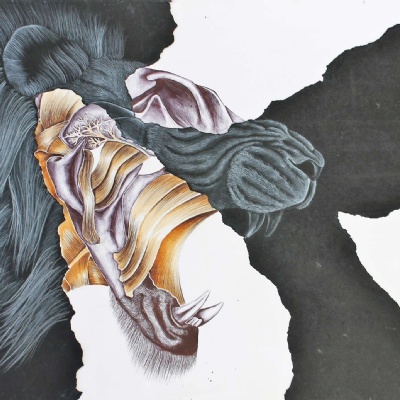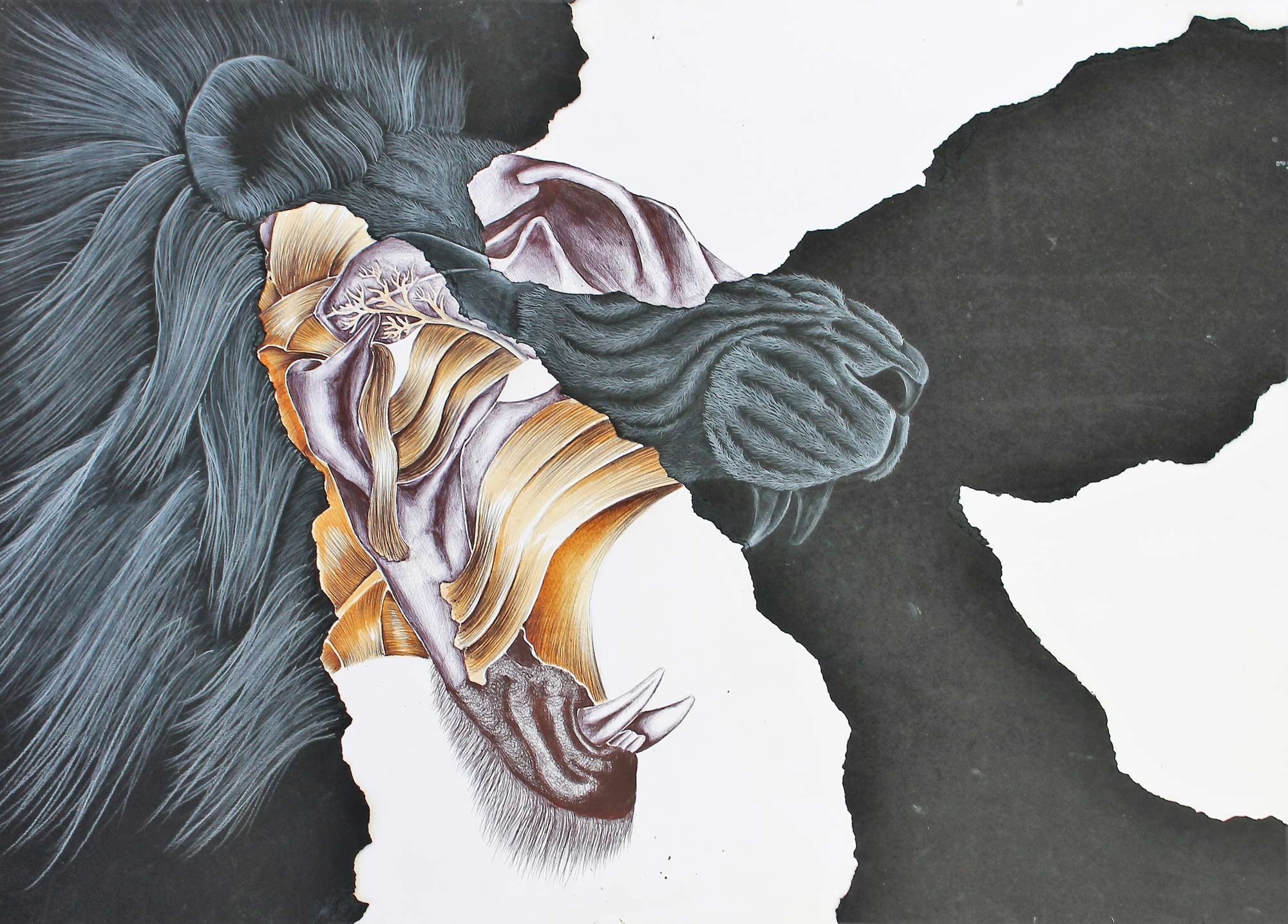Creativity - What’s the Point?

It’s not an easy time to be a teacher of art & design! The benefit of arts in education is constantly being questioned and undermined, cuts are being made in many schools and the arts are too often perceived as subjects for less academically able pupils. However, it is good to report in this article that the art & design department at Radnor House is fully committed to challenging these beliefs and turning such notions on their head. In the age of growing obsession with standardisation and data, where the emphasis on so-called core subjects risks shutting out creativity and self-expression, we see it as our duty to challenge what we believe to be such narrow and ill-judged attitudes. As the not-so-famous artist Albert Einstein once said, “Not everything that counts can be measured and not everything that can be measured counts”.
Art opportunities explore different ways of communicating knowledge and celebrating multiple perspectives, encouraging a process of discovery and ‘finding out for yourself’, which is surely a prerequisite of developing the independent learning skills that are so often put forward as essential for future development. Art asks questions, and we have always thought that asking questions is much more effective in learning than giving answers.
Art harnesses emotional development from a very young age, allowing children to explore and understand the world around them, making sense of their surroundings by testing and challenging social, economic and political boundaries. It is used as a communication tool to enable empathy and understanding of other cultures, religions and peoples, as well as helping budding artists to express feelings, take risks, create, learn from mistakes and enjoy generating ideas. Isn’t this what humans do naturally every day? We want to give our pupils a voice to interrogate art and artworks, and every year we give them the opportunity to do this on a public and competitive level through the excellent national speaking competition ‘ARTiculation’, which we would highly recommend.
In school, our art spaces are adaptable to suit the needs of our artists by providing a space for shared learning and creative experiences, developing a culture of innovation. The fluid nature of our studios supports the needs of diverse learners using technology such as Premiere Pro, iMovie and Adobe Photoshop, alongside a host of other creative programmes to give pupils a rich and diverse creative toolbox. We also seek to foster a messy, hands-on approach for a wide variety of disciplines, while all the time encouraging the children to apply a persuasive rationale to justify their work.
Detached from the main part of the school, the art studios are a busy hive of activity where you can regularly find a mix of age groups working together after school and at lunchtimes, sharing ideas, skills and knowledge, and helping each other to be the best that they can be. Our Sixth Form artists also work within our Junior School art lessons, thereby showing themselves as excellent role models and developing positive relationships, an attitude that reverberates through the entire school. In the autumn and spring terms, our art studios are open to A Level and GCSE artists wishing to participate in life drawing classes, and we are always astounded by the mature attitude and artistic professionalism this brings out in our pupils.
We believe in small class sizes so that we are easily able to accommodate creative wishes beyond the art studios, for example when our scientists perform dissections and demonstrations specifically for our photographers and artists. Our Artist in Residence lectures at universities around the country and teaches at the Royal Drawing School, and he is also involved in all aspects of the school community, running specialist art workshops and working with our performing arts department to produce large and ambitious backdrops and set design for the various productions that take place during the year.
If you have never seen Sir Ken Robinson’s TED talks about creativity, or read any of his books about how finding your passion changes your life, we’d thoroughly recommend them because we need to have a wider discussion about the relative value of the subjects taught in schools, both those that are perceived to be academic and those that are not. In the words of arguably the most famous artist of all time, Pablo Picasso, “Every child is an artist. The problem is how to remain an artist once we grow up”.
* Article written by Natalie Austin, Head of Art, and Darryl Wideman, Head, for the Independent Schools Guide.